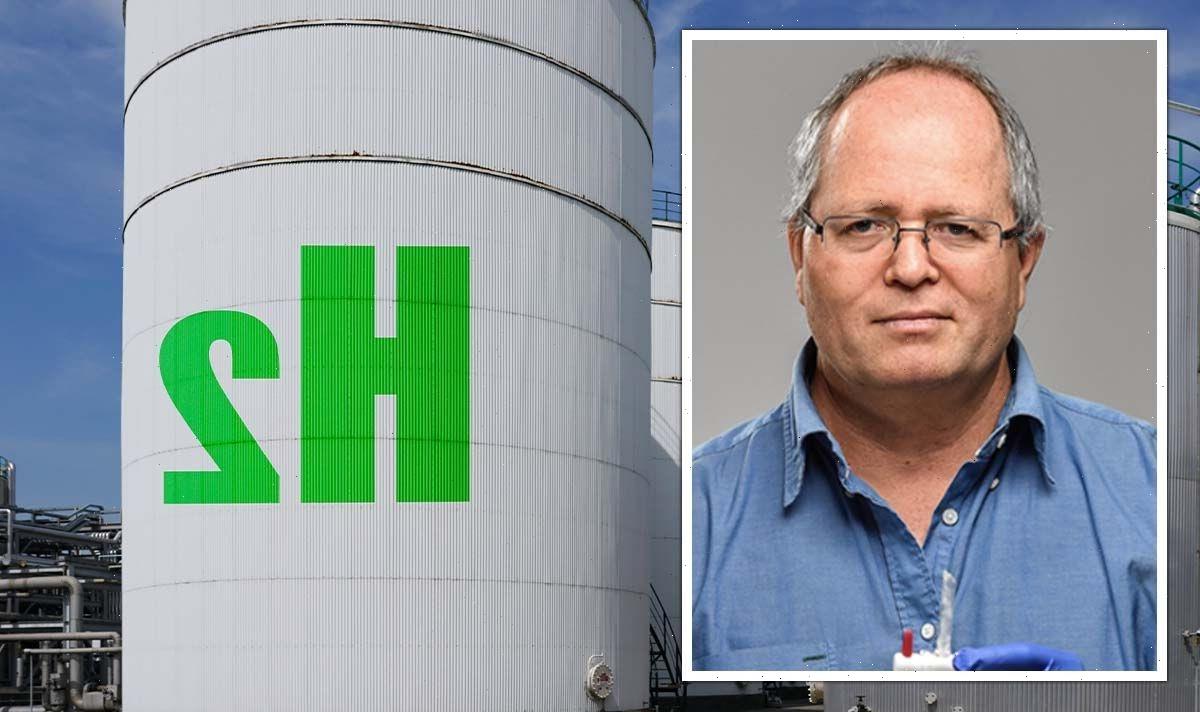Two U.S. college students studying abroad were identified Sunday as the only known Americans among at least 153 people who died in a crush of Halloween revelers in Seoul.
Anne Gieske, a third-year nursing student at the University of Kentucky, was among the those who died in overcrowded streets Friday night, the school's president, Eli Capilouto, announced to the school Sunday.
Gieske, of northern Kentucky, was studying in South Korea this semester, Capilouto said.
Steven Blesi, 20, of Marietta, Georgia, was the other American so far known to have died in the tragic compression of bodies crowded in narrow streets and alleys of the capitol's tourist-friendly Itaewon nightlife district.
His father, Steve Blesi, confirmed his death, saying his son was in South Korea to study international business and learn the Korean language during the fall semester.
Two other University of Kentucky students and a faculty member who are also abroad in South Korea are safe, Capilouto said.
He said school officials "have been in contact with Anne’s family and will provide whatever support we can — now and in the days ahead — as they cope with this indescribable loss."
We are completely devastated and heartbroken over the loss of Anne Marie. She was a bright light loved by all. We ask for your prayers but also the respect of our privacy.Anne Marie Gieske's father, Dan
Gieske's father, Dan, said in statement for the family Sunday: "We are completely devastated and heartbroken over the loss of Anne Marie. She was a bright light loved by all. We ask for your prayers but also the respect of our privacy."
Capilouto said Gieske’s passing was hard to comprehend. "There aren’t adequate or appropriate words to describe the pain of a beautiful life cut short," he wrote.
Steve Blesi said by text that his son had just completed midterms and was celebrating with fellow students. He made a lot of friends in South Korea, his father said.
"He was having a great time," he said. "If I could take his place, I would."
Blesi said police should have been prepared and assigned officers to crowd control as an estimated 100,000 people gathered in the district.
Bar-hoppers, students and others celebrated the ability to celebrate the first Halloween en masse since 2019, before the coronavirus pandemic muted human contact.
"I can't imagine the suffering he endured," Blesi said. "The SK [South Korean] police should have been better prepared."
In a tweet, President Biden expressed sympathy. "Jill and I are devastated to learn that at least two Americans are among so many who lost their lives in Seoul," he said. "Our hearts go out to their loved ones in this time of grief, and we continue to pray for the recovery of all who were injured."
Jill and I are devastated to learn that at least two Americans are among so many who lost their lives in Seoul. Our hearts go out to their loved ones in this time of grief, and we continue to pray for the recovery of all who were injured.
— President Biden (@POTUS) October 30, 2022
It did not appear that there was any single event, such as a concert or open-air party, that drew revelers to the area well-known for crowded, booze-fueled nights. For police to have been prepared, they would have to have predicted the unusually large crowds.
South Korea's president, Yoon Suk-yeol, said in a national address Sunday morning that it was "a disaster that should never happen."
Yoon, saying he was ultimately responsible for the safety of the South Korean people, ordered an emergency review of what he termed "Halloween festivals" in the area.
A spokesperson for the U.S. Embassy in Seoul confirmed there were two known U.S. deaths.
"Our staff in Seoul and colleagues in the United States are working tirelessly to provide consular assistance to the victims of last night’s incident and their families,” the spokesperson said.
Seoul’s Yongsan fire department said in a statement that the other foreign victims came from China, Iran, France, Vietnam, Uzbekistan, Norway, Sri Lanka, Thailand, Austria and Kazakhstan. Most were people in their late teens and 20s, Fire Chief Choi Seong-beom said.
The incident was initially described as a stampede, but video appears to depict a crowd surge, a wave of people pushing forward through an overpacked crowd.
In an interview after the crowd crush last year at Houston's Astroworld festival, in which 10 people died, crowd management pioneer Paul Wertheimer explained what happens in overcrowded conditions, often during mass celebrations like concerts and festivals.
The elements of such a tragedy often include "festival seating," in which people are allowed to move anywhere; overcrowding in a limited area; and, sometimes, a trigger or "crowd craze," which sets off mass movement in one direction. Sometimes that is a countdown, which can wind up anticipation and anxiety, Wertheimer said.
In South Korea, it wasn't clear whether something triggered the crowds to push in any particular direction. In a crowd crush, a wave of humanity — in which revelers can lose control of their own direction, have trouble breathing and are sometimes lifted off their feet — moves horizontally, with some victims suffering injuries or death even as they stood, Wertheimer said.
Injuries and impacts can include asphyxiation, cardiac arrest and broken bones as the crowd collapses at its leading edge, leading to some trampling-type injuries, he said.
At least 133 people were injured, 23 of whom are in critical condition, officials said.
Source: Read Full Article

